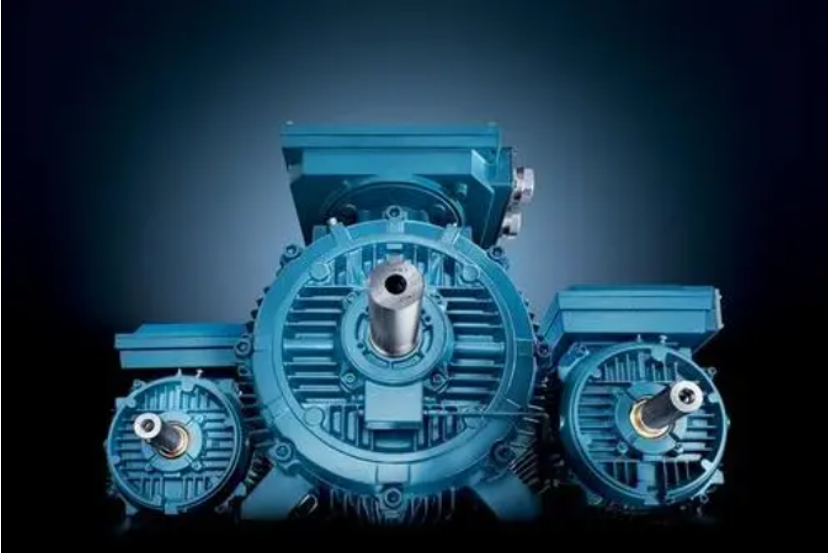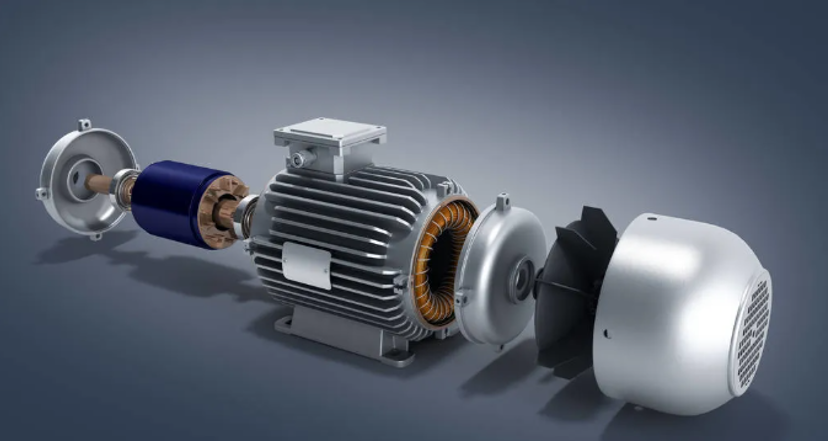What is the difference between high-efficiency motors and ordinary motors
Date:2022-10-19 Author:Shandong Xinda Motor Co., Ltd.


Energy-saving measures for high-efficiency motors
Features of high-efficiency motors
Advantages of high-efficiency motors



























 XINDA
XINDA